Military bunkers face their Waterloo
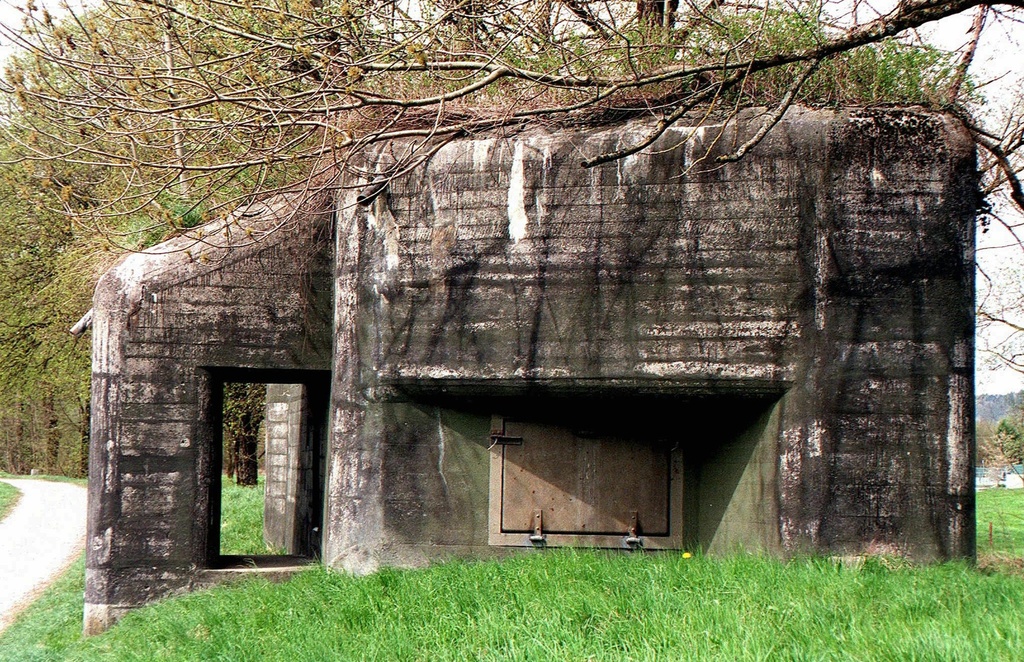
Switzerland’s secret military bunkers should be closed since they no longer correspond to threats the country faces today, according to Defence Minister Ueli Maurer.
But not everyone thinks spending a billion francs on shutting down a modern defence system makes sense.
“The nature of the military threat has changed,” Maurer told the 10vor10 television news programme on Thursday. “The bunkers are in the wrong place and the weapons will only last for another ten to 20 years. It’s not worth maintaining something that you’re not going to need in the future. Plus we no longer have the money.”
Switzerland’s bunker system is found all along the border and at key positions inland. A secret construction programme of 100 high-tech bunkers with mortar cannon, which cost a billion francs, was completed only in 2003.
Maurer admitted that while it would be expensive to keep the bunkers open, it would be even more expensive to close them.
“We’re talking about hundreds of millions of francs – the amount could well cross the billion mark,” he said.
“But [keeping them open] would just delay the problem,” he said, calling for “an honest debate” on the issue.
For environmental reasons the doors can’t just be locked and then forgotten about – the bunkers have to be rebuilt.
Maurer said it was perfectly possible that a private organisation could get involved. Indeed, some bunkers already serve as high-security data storage centres for banks or other financial organisations or as vaults or even hotels (see related story).
“High military value”
But for Bruno Frick, a parliamentarian for the centre-right Christian Democrats and co-president of a lobby group for the defence industry, this was the wrong approach.
“It is certainly not right to get rid of them all – they have a high military value,” he said.
“The smaller the army, the more we rely on high-value bunker systems which can have a big military impact.”
Frick called on the government to reconsider the proposal, but according to 10vor10, four bunkers have already been rebuilt.
Earlier this month the cabinet said it wanted to reduce the size of the Swiss armed forces and limit the annual budget at SFr4.4 billion ($4.5 billion).
On October 1 Maurer said the cabinet had given him a mandate to seek ways to save SFr1.1 billion through changes in military training, lowering technological standards, the sale of property and a reduction in army staff.
Changing world
A spokesman for the Swiss army said it was a question of adapting to a changing world.
“The Swiss army has been massively reduced – in 1995 it was almost halved from 750,000 soldiers to 400,000, then again to 120,000 in 2004. And the government has just decided to reduce the number to 80,000 in the second half of this decade,” Martin Bühler told swissinfo.ch.
“The entire army infrastructure must be adjusted to this – that is to say, made smaller. And taking into account the nature of the military threat, bunkers no longer have the same significance that they once did. In a first phase they were decommissioned yet maintained; now they are to be rebuilt.”
Bühler admitted this would be expensive, “but in the long term savings can obviously be made.”
No Réduit
Maurer acknowledged that closing the bunkers “would be the end of the Réduit concept”, Switzerland’s strategy of creating a heavily fortified, “untakeable” region which would provide a last spot of resistance when facing invasion.
Jürg Stüssi-Lauterburg, a historian and head of the Military Archives in Bern, strongly rejected the view that Switzerland’s bunker mentality bordered on paranoia.
“If survival demands on paranoia, so be it. We have survived the greatest threats during the greatest wars that ever happened on the European continent in freedom and independence, not least because of our readiness to defend our country, our liberty, our democratic institutions,” he told swissinfo.ch.
“I find talk about paranoid tendencies deeply offensive and insulting.”
Stüssi-Lauterburg defended Switzerland’s Réduit strategy.
“Every military preparation is always dependant on the present situation of the threat. Historically, the fortifications have mainly been built against, first, the so-called Triple Alliance – Germany, Italy and Austria-Hungary against France from the 1880s onwards – second against Hitler after 1933 and third against the Soviets after 1945,” he said.
“I find this completely the right way to go about things and I’m sure the majority of Swiss people find it sensible too.”
Before and during the Second World War, Switzerland’s main goal was to preserve its independence and to stay out of the fighting.
To face the threat of invasion Switzerland increased the training of recruits and built defence works. Reserves were called up to guard the border with Germany.
The population were told to stockpile food and given instructions about how to prepare for air raids. Every available piece of land was dug up for planting crops to ensure food supplies.
In summer 1940 German military staff started drawing up invasion plans for Switzerland known as operation Tannenbaum.
The Nazis aimed to destroy the Swiss army and invade the central part of Switzerland, which was important for strategic and economic reasons. The plan was never carried out.
The first important bunker was built in Switzerland in 1886, not long after the opening of the Gotthard railway.
In 1937 a growing threat of war created the need for more fortifications. General Henri Guisan oversaw the construction of central fortified defence structures in the Swiss Alps, the so-called Réduit.
By the end of the war in 1945 the Swiss government had spent an estimated SFr8 billion by today’s prices on bunkers.
As a result of various army reforms, since 1995 most strongholds and bunkers have been vacated and their secrecy has been lifted. But a few are still active.

In compliance with the JTI standards
More: SWI swissinfo.ch certified by the Journalism Trust Initiative

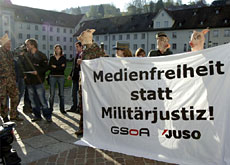
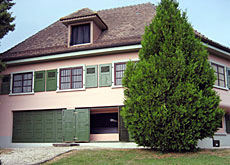
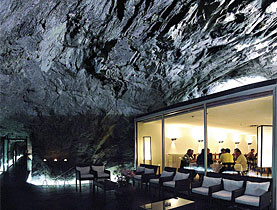
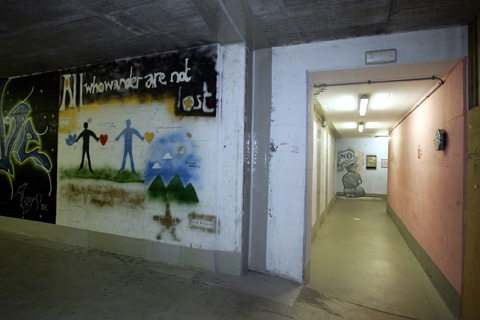

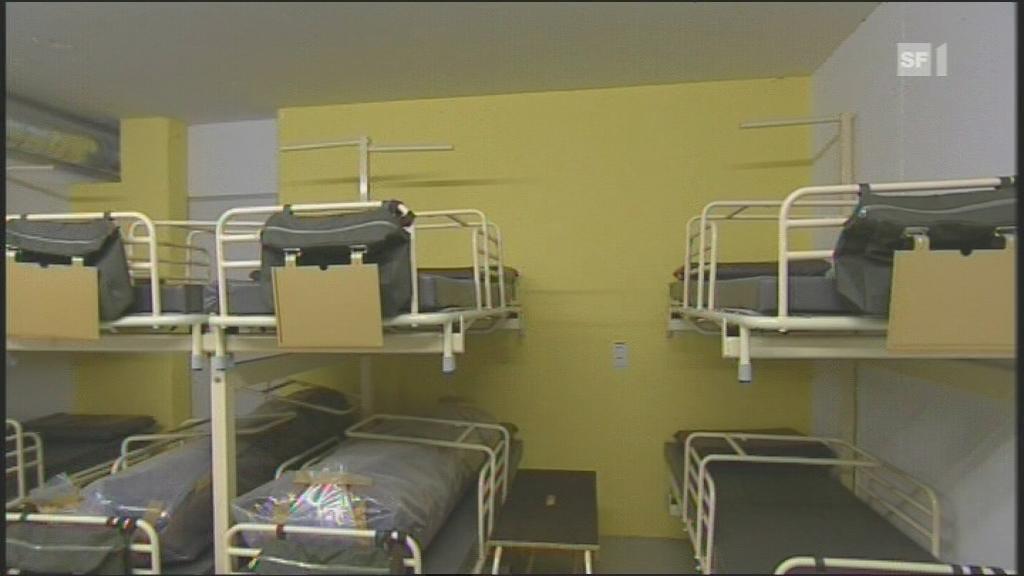
You can find an overview of ongoing debates with our journalists here . Please join us!
If you want to start a conversation about a topic raised in this article or want to report factual errors, email us at english@swissinfo.ch.